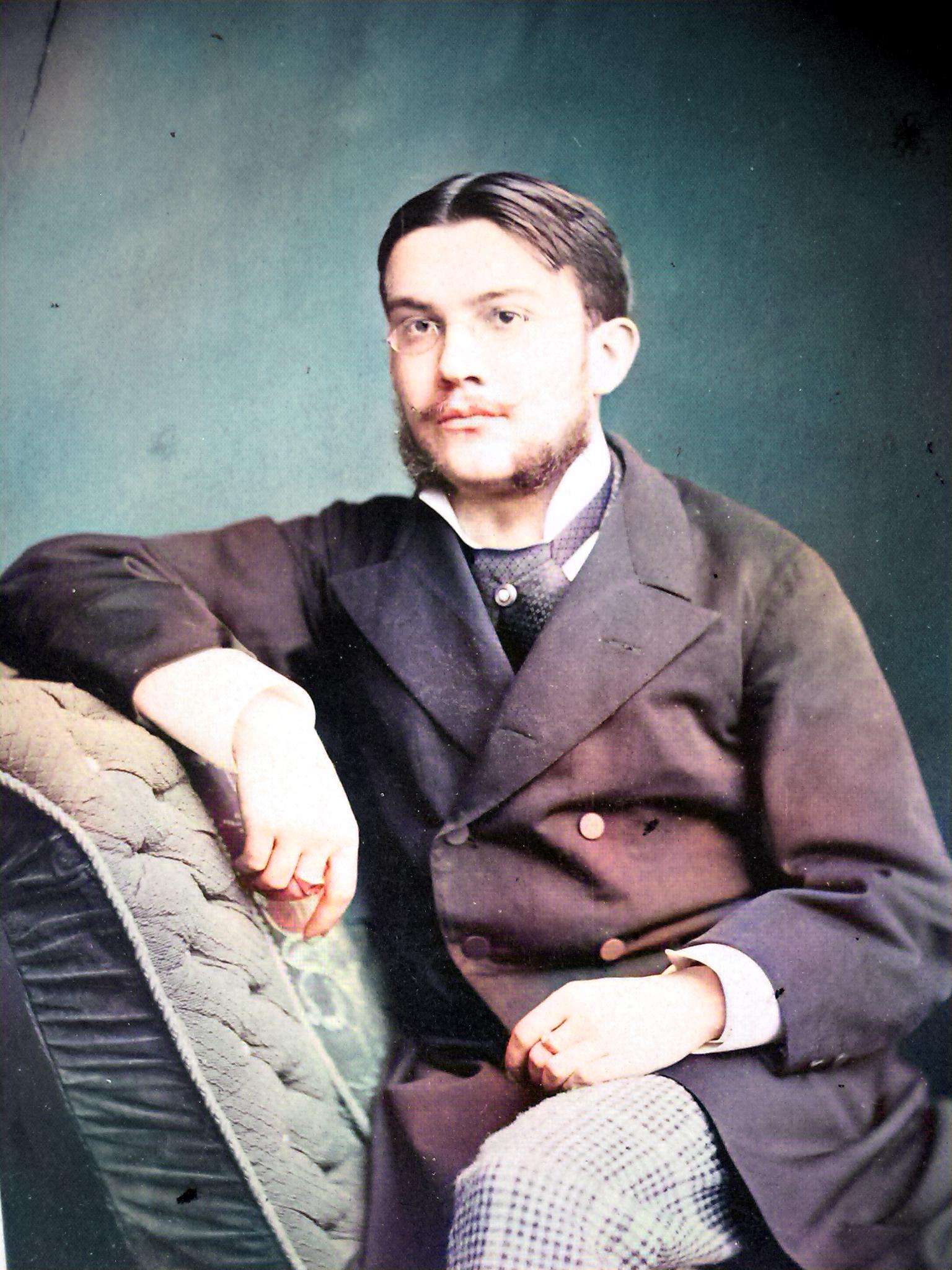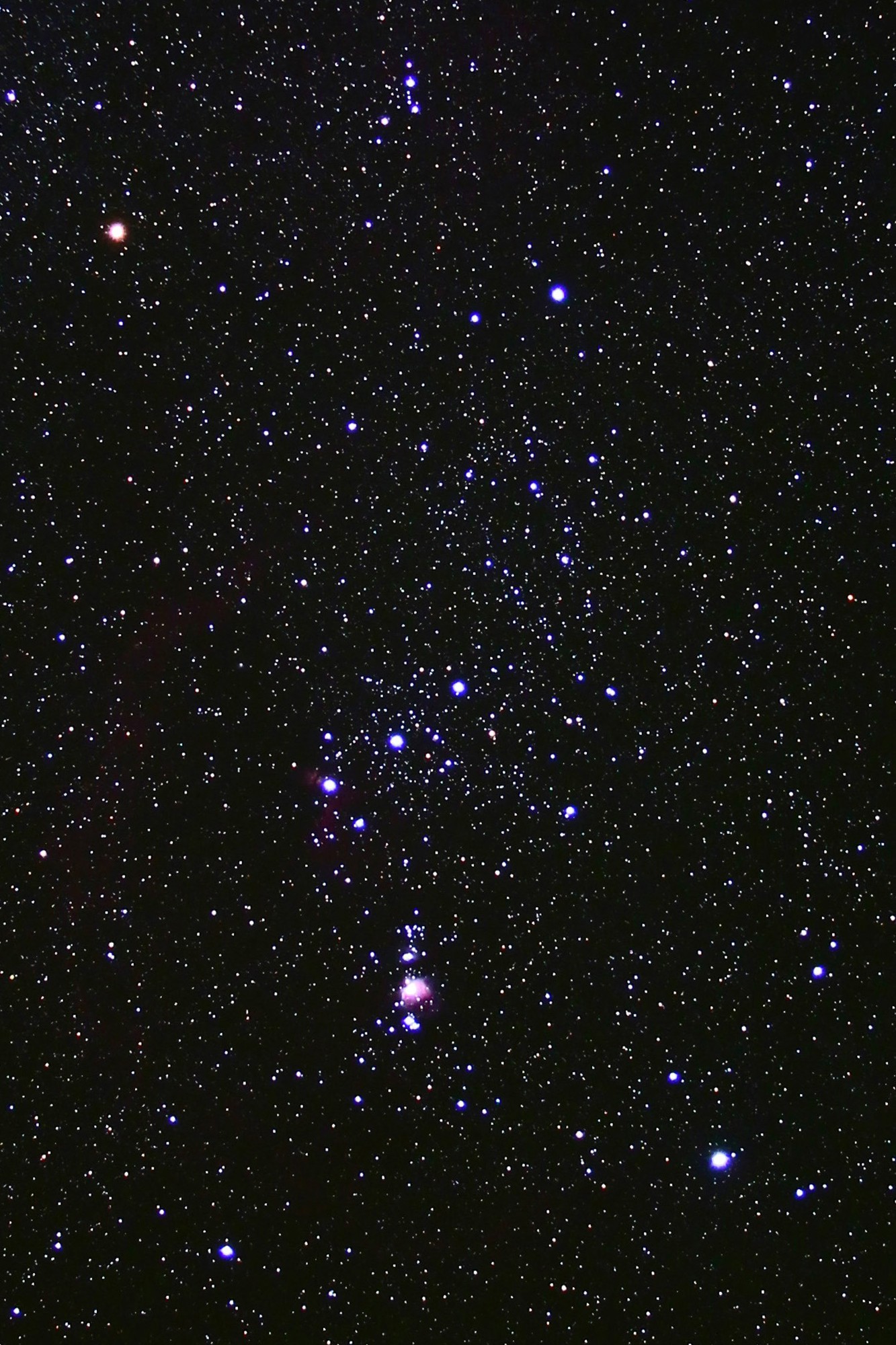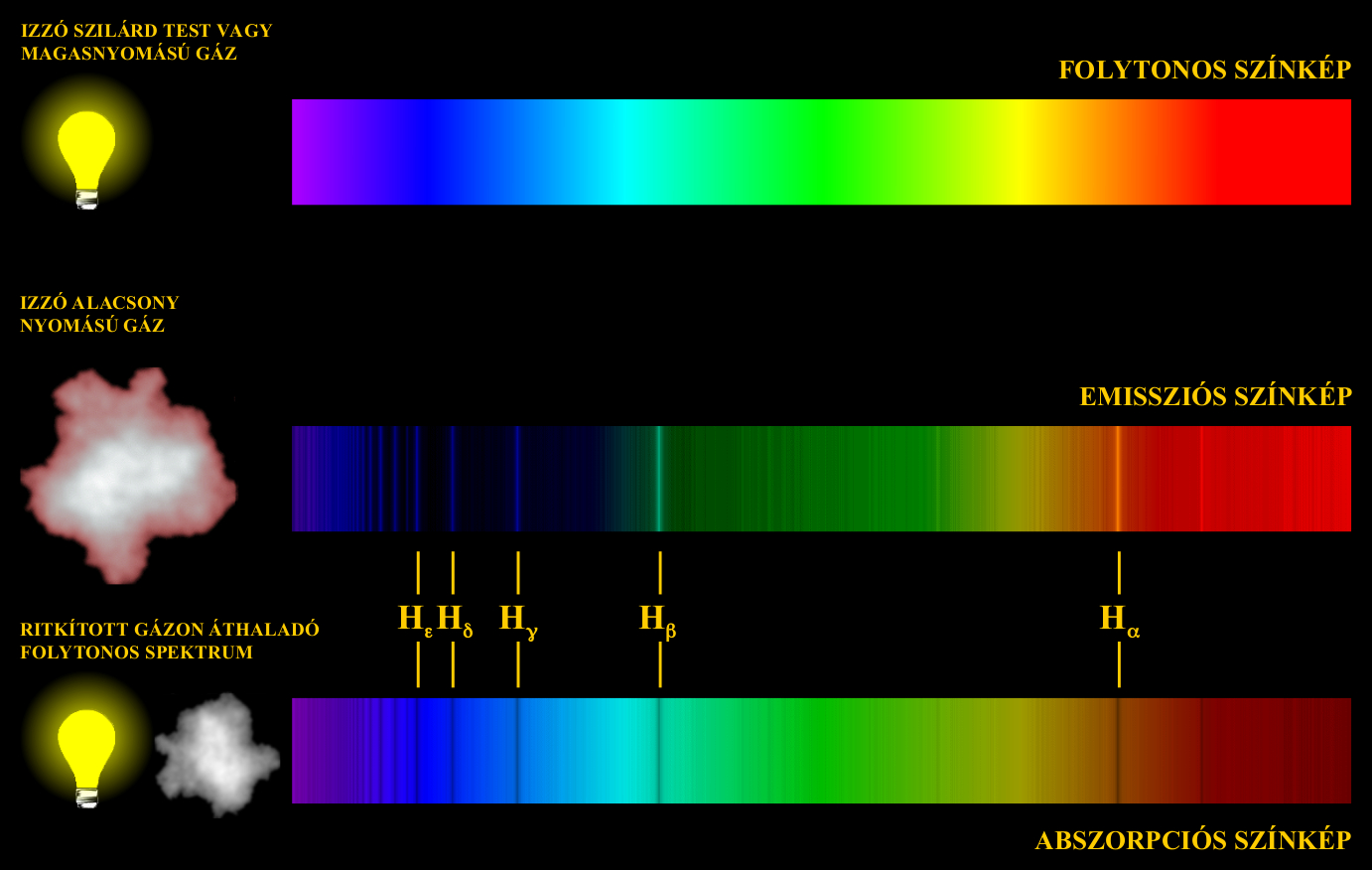Object of the month – Spectroscope
Gothard’s spectroscope of No. 10 (1886); the spectroscope was built by Jenő Gothard for chemical experiments and for photographing the spectra of the Sun
Jenő Gothard was born as the first child of a wealthy landowning noble family in the village of Herény, near Szombathely, on the 31st of May 1857. Owing to his grandfather’s, Ferenc Gothard’s enthusiasm for electrical experiments, the love and cultivation of natural sciences was part of family traditions. The Gothard brothers completed their secondary education at the Premontrian High School in Szombathely. Their love for nature, which they brought from the family, was perfected by Adolf Kunc (1841–1905), a young teacher and scholar from the Order of Prémontré. The brothers had their own physics and chemistry laboratory in their student years, along with a workshop in one of the wings of the Gothard Castle where they conducted their experiments and produced the necessary tools. After leaving secondary school, Jenő went to study at the Technische Hochschule in Vienna. He nonetheless remained in touch with the Grammar School of the Prémontré Order.
He conducted his experiments of national significance (1878: telephone, 1880: experiment with the Foucault pendulum, 1896: X-ray photographs) with his teachers at the Grammar School. Jenő founded the Herény Astrophysical Osbervatory with his brother Sándor in 1881. The observatory was designed by university professor Alajos Hauszmann. The interior of the dome was designed and equipped by Gothard himself. The first observation – a notable event for astronomical instruments and observations, the “first light” – took place on the 20th of October 1881.
Gothard took meticulous care to select the appropriate telescope for his purposes. His verdict came upon a 26 cm Newtonian telescope by Browning offered for purchase by Konkoly. He mounted a camera for solar photography as well as spectroscopes, spectrographs and astrographs on the telescope. Initially he transformed instruments purchased from Konkoly, but shortly afterwards he used selfmade photo cameras and devices for spectroscopic observations. The aim set as early as the foundation of the observatory was the spectroscopic analysis of comets and stars. From 1885 Gothard abandoned his visual observations almost entirely and turned his attention to the novel techniques of the age, spectroscopy and astrophotography. From 1886 he focused on spectrophotometric analyses of star clusters, comets and gas clouds. He was the first one to photographically detect the central star of Lyra Ring Nebula (M57) observable in the constellation of Lyra. In 1892, he analysed the spectra of planetary nebulae with photographic methods. By measuring the spectrum of Nova Aurigae, he discovered a fundamental connection between novae and ring (planetary) nebulae. This discovery was the most outstanding result of Gothard’s astrophysical work.
A major part of Jenő Gothard's astronomical work and achievements is related to the spectroscopic analysis of comets, stars and gas nebulae, so we will summarise the essence of this very briefly. From the mid-19th century onwards, one of the most important tools for understanding the properties of celestial objects (comets, stars, nebulae, galaxies) has been the study of their spectra.
Stars emit light at all wavelengths, but with different intensities. For most stars, the wavelength distribution of the emitted energy can be well modelled by the Planck distribution describing the so-called blackbody radiation. According to this model, for each star there is a wavelength at which the star emits at its highest intensity. The colour of stars can be used to infer, for example, their temperature. The higher the temperature of a star, the shorter the wavelength at which it shines brightest. For the Sun, which has a surface temperature of about 6000 K, this wavelength is around 550 nm, somewhere in the middle of the visible range, so we see our Sun as yellowish. Cooler stars appear red, hotter ones white or blue (see the brightest stars of the constellation Orion). The coldest stars emit most of their radiation in the infrared and the hottest in the ultraviolet.
The light that comes to us from stars can be split by wavelength using a suitable instrument – a spectrograph, in the simplest case a prism or a properly scratched glass plate (optical grating) – to produce the stellar spectra. In most cases, dark absorption lines can be observed at specific wavelengths in front of a background called the continuum. Sometimes, especially in very hot stars, bright emission lines are superimposed on the continuum. The atoms and molecules in the outer, sparser layers of stars absorb the continuous electromagnetic radiation, i.e. radiation of all wavelengths, from the hot and denser inner part of the star at their characteristic wavelength. Since each chemical element or molecule leaves a specific “fingerprint” in the spectrum as an absorption or emission line (sometimes an absorption band or bands) at a number of wavelengths precisely measured in the laboratory, the identification and study of these lines and bands can reveal the chemical composition of the outer layers of the stars.
Analysing the spectra requires very careful work and interpretation, but they provide a wealth of information about the stellar temperature, chemical composition, density, rotation rate, magnetic field and possible companions.




Written by József Kovács, Ph.D.
